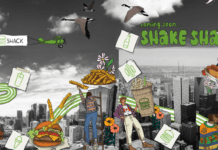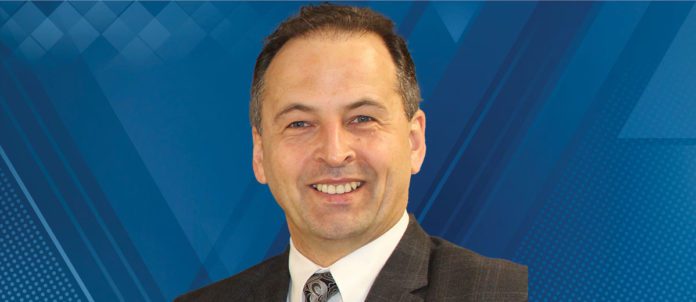Rudi Fischbacher’s leadership style didn’t change through the course of the pandemic but his approach certainly did.
“Pre-pandemic, there were daily personal interactions with students, faculty and staff. The opportunities to organize field trips, live events or having in-class guest speakers was our normal at that time,” says Fischbacher, who took the reins as dean, Centre for Hospitality and Culinary Arts, George Brown College in July.
Fischbacher calls his leadership style “servant leadership” and says supporting managers, faculty and staff around him became even more of an important driver during COVID. “There were several challenges to contend with in switching from in-person to online program delivery within one week. The level of stress was immense but we were fortunate to have dedicated support systems in place that enabled us to be virtual on a moment’s notice.”
Faculty, staff and students had to quickly adjust to complete the academic year and start a new semester at the same time, he says. Constant communication on public-health department news and changes and checking in on students to make sure they were supported took most of his team’s time. “Consider this, an entire diploma cohort graduated without ever setting foot on campus — what a missed opportunity for them to get to know college life.”
Fischbacher says he, along with the administrative team, spent a significant amount of time “navigating through the constant changes that were thrown at us during the pandemic. The most overused word was ‘pivot’ which we had to do all the time. Just as we formulated a plan a new challenge was presented. The strategy during this time was to take the approach of ‘the only constant is change’ and there were many changes. Constant communication was the best strategy, which was about 16 hours a day, just to ensure we had all elements covered. Regular team meetings were essential to listen to concerns, latest ideas, and feedback on implemented procedures to ensure they worked as designed.”
Some of the strategies employed during the pandemic however, fell flat. He admits the idea of having a ‘hyflex’ curriculum delivery model, where faculty simultaneously taught to live and online students, was one of them. “In theory, it sounded like a great idea to reach all students at the same time. The results were different — faculty was exhausted trying to focus on two audiences at the same time and online student engagement and learning experience did not have the desired outcomes.”
The sudden change in day-to-day operation was the biggest challenge Fischbacher faced. These included dealing with the swift COVID reporting system to ensure all on-campus students and staff were safe; re-writing courses to allow a condensed delivery system of lab classes while still achieving required learning outcomes; and writing and implementing physical lab procedures, mapping out where students needed to stand in a lab and assisting faculty with unexpected situations.
He says as a leader, he had to meet these challenges with empathy and compassion, taking the time to listen and really understand the fears and anxieties of his staff while producing viable solutions. “This also meant taking time out for yourself to re-charge your batteries and re-group. Having a strong family-and-friend network was immensely helpful to talk about my own concerns and feelings.”
Post-pandemic, he says his focus has switched to “return to campus” and a new hybrid workplace management. “Many [staff] were here during COVID to support and deliver lab classes, but others only taught remotely. There is now a focus on re-integration, change management and, of course, effective communication. Faculty, staff and students need to feel comfortable and supported as they return to physical classes. There is some trepidation, which I as the Dean, must address and ensure the support systems are in place to deal with these challenges.”
He adds George Brown College’s priorities in its strategic plan 2023 and 2026 are to create a safe and inclusive learning environment where all can be successful. “EDI has been, and will continue to be, a strong focus within the college. Also, building capacity to leverage technology [in order to] grow enrollment to pre-pandemic levels.”
The other focus will be on building common program-delivery platforms that create a flexible learning environment with multiple pathways, internally and into other institutions. This means “investing in sustainable program delivery and continuing to invest into the physical learning space to ensure students have the best lab experience while at the college.”
By Amy Bostock

















